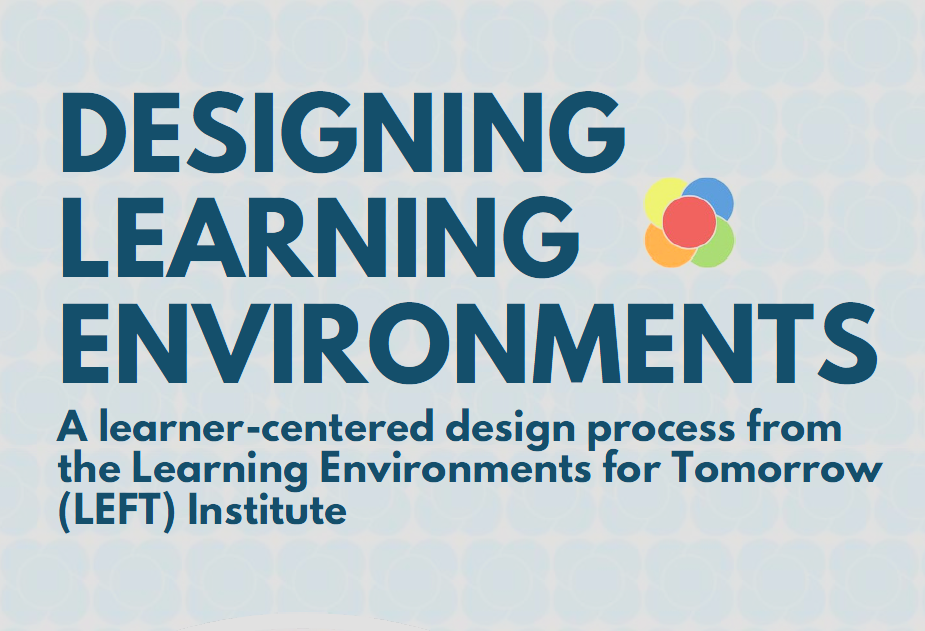
Designing Learning Environments
PUBLISHED:Resource Summary
How can we better design learning environments to best support the learners of today and tomorrow? What effective practices can we use to create powerful learning places for the communities we serve? These questions drive the inquiry at the Learning Environments for Tomorrow (LEFT) Institute. Drawing on the wisdom of experienced architects, innovative designers, and learning researchers from around the globe, this document shares five key practices that underly the creation of powerful learning environments. Their experience and our approach at LEFT rests on several fundamental assumptions about what learning is and where learning happens, such as:
Learning is complex & active. How and what we learn emerges in often unpredictable ways as we interact with ideas, environments and people. Learning is something learners do, not something that is done to them.
Learning environments are ecologies. From classrooms and playgrounds to schools and libraries, learning happens in environments. These are ecologies of spaces with objects and materials that interact and mediate the learning. When designing a particular area we need to consider the role it plays within the larger ecology that learners experience.
Learning environments are big & small. While campuses, school buildings and classrooms get a lot of attention, small settings are equally vital to a thriving learning ecology. A nook, break out area, or a lobby entrance are each micro-environments rich with design possibilities for support learning.
Design is iterative & learner centered. Visions and creations emerge through cycles of ideation, prototyping and testing. Designs should speak to learner needs and they should be involved throughout the process.
Design aligns pedagogic purposes with place. The spaces, objects and elements we create should directly support


-
-
-
-
-
-
Support PZ's Reach